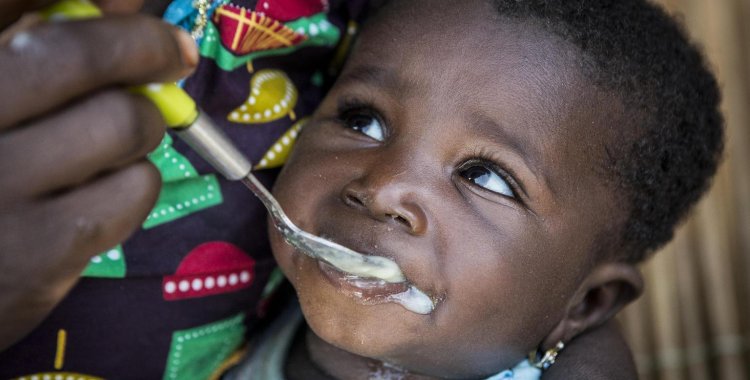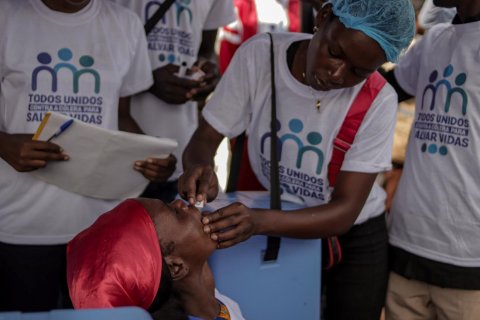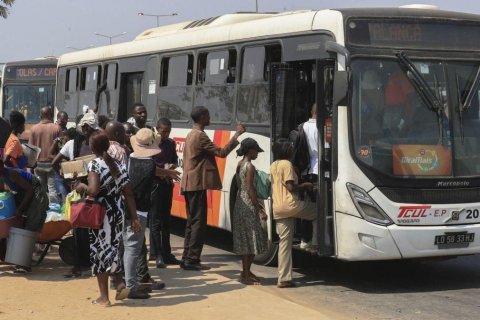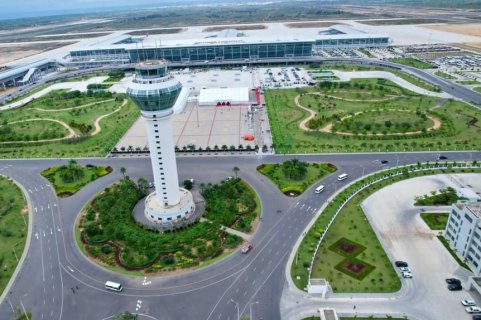According to this report, only 33 per cent of children up to the age of five in our country have a minimally diversified diet for their growth and development.
The ranking, released this Tuesday by the United Nations, with the countries of southern Africa where most children under five live who are chronically malnourished, is led by Tanzania (45 per cent), followed by Mozambique (43 per cent), Madagascar (42 per cent) and the Democratic Republic of Congo (42 per cent) and Malawi (37 per cent).
Zambia (35 percent) and Lesotho (34.5 percent), Angola (30 percent), Swaziland (26 percent) and Zimbabwe (24 percent) follow.
In this region of the African continent, more than 30 million people in 11 countries (Angola, Democratic Republic of Congo, Swaziland, Lesotho, Madagascar, Malawi, Mozambique, Namibia, Tanzania, Zambia and Zimbabwe) have faced a crisis and levels of acute food insecurity.
The rapporteurs recall that southern Africa is suffering the consequences of the climate crisis, warming at twice the global rate, and many countries were hit by multiple climate shocks in 2019.
The region has had only two agricultural seasons since 2012 and many areas have yet to recover from the impact of the devastating "El Niño" (2015-2016).
Last year, Angola, Botswana, Namibia and Zimbabwe declared a state of emergency due to drought.
In March and April 2019, the region was hit by two consecutive tropical cyclones, Idai and Kenneth, which left a trail of death, damage and destruction in Malawi, Mozambique and Zimbabwe.
This was the first time that two cyclones hit the coast of Mozambique with such a short interval.
In the West African region, Sahel and Cameroon, more than 12.3 million people in 15 countries analysed were in food crisis last year, the third of five levels defined in this report.
The number of people most affected by the food crisis was highest in northern Nigeria (5 million), Cameroon (1.4 million), Niger (1.4 million) and Burkina Faso (1.2 million).
Climate extremes also played a key role in food security in this region, together with the effects of conflict and insecurity.
In particular, they were the main drivers of acute food insecurity in Cape Verde, Côte d'Ivoire, Gambia, Guinea, Guinea-Bissau, Mauritania and Senegal, where a total of 1.6 million people were in crisis or worse.
This report, prepared by the Food and Agriculture Organisation (FAO) and the World Food Programme (WFP), is due to be presented to the UN Security Council today.







